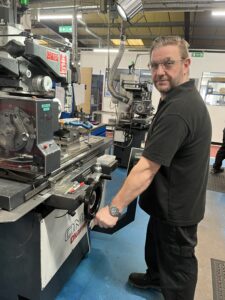The old saying in motorsport was “win on Sunday, sell on Monday,” with the idea that if a particular marque showcased how good their car was on the track, people would want to drive it on the road.
Whilst the cars you see race around the tracks of the world and across brutal rally stages can sometimes only barely resemble their roadgoing counterparts, there are plenty of examples of motor racing technologies that became standard issue on even some basic roadgoing cars.
After all, precision engineering and innovative technology is not just useful for racing around Brands Hatch, it can also help with fuel economy or to ensure people safely commute to their destination.
Aerodynamics
Ever since Colin Chapman added a pair of front winglets and a rear spoiler to Graham Hill’s championship-winning Lotus 49B, aerodynamics have dominated motorsport, to the point that in some eras it is the only real variable that matters.
By helping to keep a car’s four wheels planted on the ground, it helps improve stability, traction and handling significantly whilst driving at racing speeds, however it also has a very practical benefit.
By allowing cars to cut through the air easier, clever use of aerodynamics allows for better fuel efficiency and more powerful cars whilst using more efficient engines.
Semi-Automatic Gearbox
Sometimes known as “flappy paddles”, the paddle shifter and the semi-automatic gearbox was debuted in 1989 with the Ferrari 640 and quickly became the standard for F1 cars as it reduced the need for a clutch pedal and a manual gearshift.
Whilst its use in road cars has been primarily limited to sportier models, it has seen some use in smaller cars as well.
Active Suspension
A rare example of how road cars are in some ways more technologically advanced than Formula One, active suspension was a technology that became so good it essentially broke motorsport.
Initially designed by Colin Chapman and the Lotus team to take full advantage of ground effect, the early cumbersome system was refined to the point that it was nearly impossible to catch up.
Add to that dangerously fast cornering speeds, dangerously hot hydraulic fluid and a scary crash at the 1993 Belgian Grand Prix allegedly caused by Alex Zanardi’s active suspension breaking on the infamously fast Eau Rouge corner, and it was banned with a raft of other “driver aids” for 1994.

